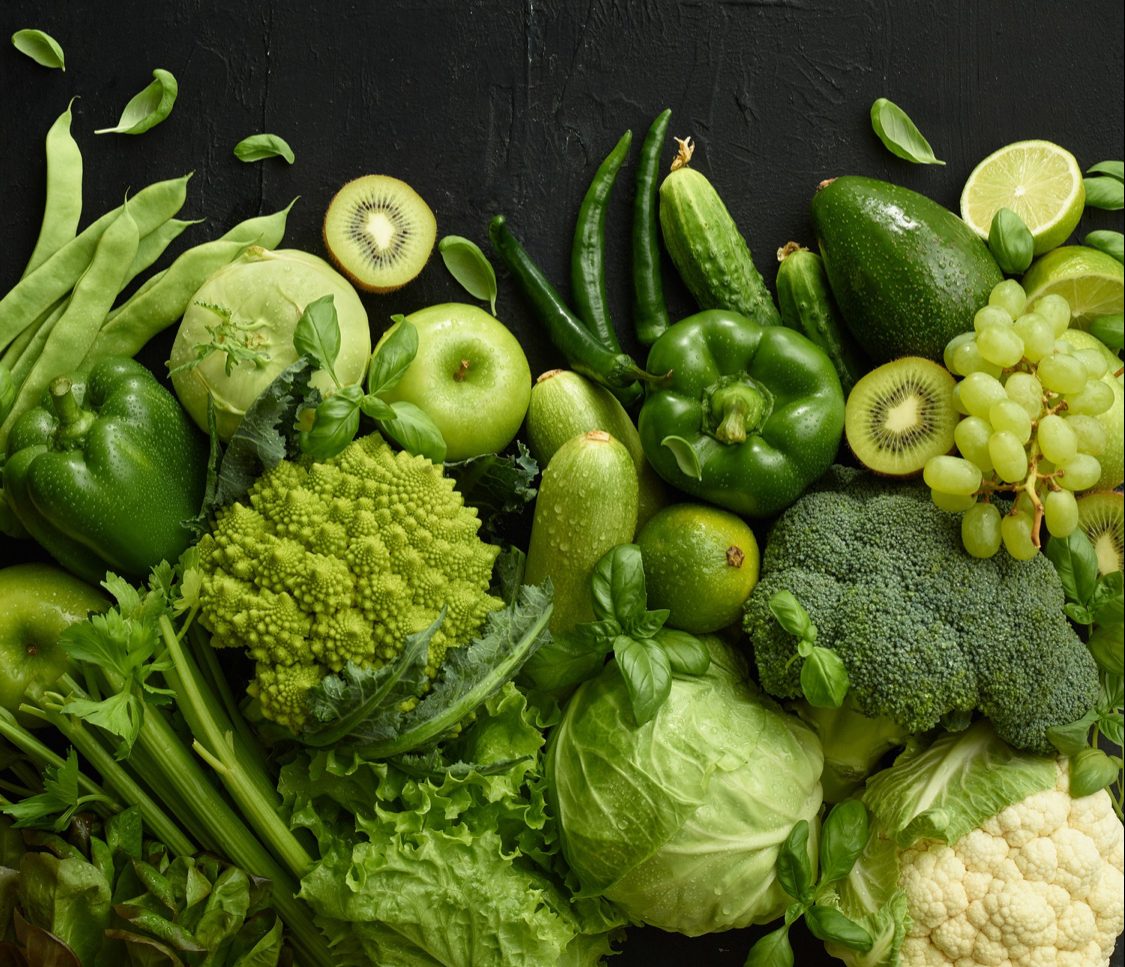Food additives are the secret ingredients behind your favourite snacks, drinks, and packaged foods. These powerful substances are added with purpose—whether to extend shelf life, boost flavour, or perfect texture and colour. While many additives are modern-day innovations designed for mass production, some have stood the test of time. From ancient salt-curing techniques to today’s high-tech preservatives, food additives have become essential tools for preserving and enhancing food. Sourced from nature or crafted in labs, they ensure that your food stays safe, tastes amazing, and looks picture-perfect from the store shelf to your plate.
The Role of Food Additives
Food additives are critical in food production, helping preserve safety and quality from the factory to the dinner table. They maintain freshness, ensuring that food stays appealing during its journey from production to consumption. Additionally, additives modify the sensory properties of food—such as taste, texture, smell, and appearance—helping to create enjoyable eating experiences. Food additives can be categorized into three main types: preservatives, flavour enhancers, and stabilizers, each serving a unique purpose.
The Benefits of Food Additives
Food additives provide numerous benefits for manufacturers and consumers. They extend the shelf life of products, making food safer and more convenient to store, transport, and consume. Additives can also improve the nutritional quality of food by adding vitamins, minerals, and other essential nutrients. In addition, they enhance the flavour, texture, and appearance of food, making it more appealing to consumers. For example, colouring agents make food visually attractive, and flavouring agents help maintain a consistent taste in processed foods.
The Risks of Food Additives
While food additives offer many advantages, they also come with potential risks. Some additives have been linked to allergic reactions, asthma, and other health problems. For example, artificial colours and preservatives may contribute to behavioural issues in children, while artificial sweeteners have raised concerns about their long-term health effects. Although the FDA regulates the safety of food additives, consumers need to be aware of the potential risks, especially when additives are consumed in large quantities. Moderation is key to minimizing any adverse health effects.
Types of Food Additives

Flavouring Agents: Flavouring agents add distinct tastes or fragrances to food. These can be natural or artificial. Natural flavours are derived from plants or animals, while artificial ones are synthetically created. These additives make food more enjoyable by enhancing or modifying its taste and aroma. Natural flavouring agents include vanilla extract, cinnamon, ginger, and citrus oil, while vanillin, which mimics vanilla flavour, is an example of an artificial flavouring agent.
Enzyme Preparations: Enzyme preparations are proteins used to facilitate biochemical reactions in food processing. They help break down larger molecules into smaller components, aiding in processes like baking, brewing, and cheese production. Plants, animals, or microorganisms are the sources of enzymes. For instance, enzymes are involved in converting starch to glucose or high fructose corn syrup.
Preservatives: Preservatives prevent spoilage by bacteria, moulds, and yeast, helping extend the shelf life of food and prevent foodborne illnesses. Common preservatives include salt, sugar, vinegar, and sulfur dioxide, which preserve items like cured meats, pickles, and beverages.
Colouring Agents: Coloring agents improve food’s appearance by adding or restoring color, making it visually appealing and helping consumers recognize certain products or ingredients. These agents can be natural, like carotene, or synthetic, such as artificial dyes.
Examples of natural colorants include:
Thickeners and Stabilizers: Thickeners and stabilizers enhance the texture and consistency of food. They maintain the desired viscosity and prevent ingredients from separating in products like sauces, dressings, and ice cream. Examples include gelatin, agar-agar, and carboxymethyl cellulose.
Leavening Agents: A leavening agent is a substance that expands doughs and batters by releasing gases within the mixture, creating a porous structure in baked goods. Common leavening agents include air, steam, yeast, baking powder, and baking soda.
Anti-Caking Agents: Anti-caking agents prevent powders and granules from clumping together. These additives absorb excess moisture or coat particles to prevent sticking. Common examples include silicon dioxide and magnesium silicate, which are found in powdered foods and spices.
Conclusion
Food additives have been a key part of our diets for centuries, evolving with food production to improve safety, taste, and convenience. While they offer many benefits, such as extending shelf life and enhancing the sensory properties of food, it’s important to understand the potential risks associated with their use. Whether natural or synthetic, additives are carefully regulated to ensure they are safe for consumers. By staying informed and consuming food additives in moderation, you can enjoy the benefits of these ingredients while minimizing any adverse health effects.
 Food Manifest
Food Manifest 


















